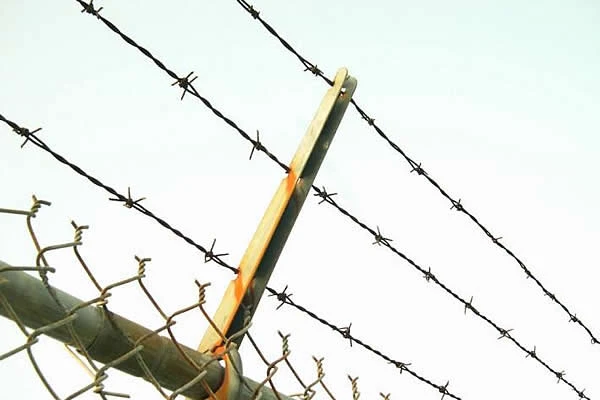 TEL:
+86-13102802206
TEL:
+86-13102802206
 Email:
fencenetting@china.com
Email:
fencenetting@china.com
 Language
Language
 TEL:
+86-13102802206
TEL:
+86-13102802206
 Email:
fencenetting@china.com
Email:
fencenetting@china.com
 Language
Language


The Price of Iron Wire Trends, Influences, and Market Outlook
Iron wire, a versatile and widely used material in various industries, sees its price fluctuate based on a myriad of factors. Understanding these factors not only sheds light on the dynamics within the metal market but also informs consumers, investors, and manufacturers who depend on this essential commodity.
Current Trends in Iron Wire Pricing
As of 2023, the price of iron wire has experienced notable variability. Over the past year, the global market saw significant shifts due to geopolitical tensions, supply chain disruptions triggered by the COVID-19 pandemic, and changes in demand from construction and manufacturing sectors. Reports indicated that the average price for a ton of iron wire escalated by approximately 15% compared to the previous year. This surge has placed considerable pressure on industries reliant on iron wire, from construction to agriculture.
Influencing Factors
1. Global Demand The construction industry is a primary driver of iron wire demand. With numerous countries ramping up infrastructure projects, the need for materials like iron wire has surged. Projects related to housing, bridges, and road construction contribute significantly to the overall consumption of iron wire. Additionally, the agricultural sector utilizes iron wire for fencing, trellising, and other applications, further bolstering demand.
2. Raw Material Costs Iron wire is produced from iron ore, which is subject to its own price fluctuations influenced by global mining output and trade policies. When iron ore prices rise due to decreased mining activities or export restrictions from key suppliers like Brazil or Australia, the increasing costs are often passed on to consumers in the form of higher iron wire prices.
3. Energy Prices The production of iron wire is energy-intensive. Thus, changes in energy prices can significantly affect production costs. A spike in oil or electricity prices can lead to increased manufacturing costs, prompting producers to raise prices to maintain margins. The volatility in energy markets often spills over into the metal markets, including iron wire.

4. Economic Factors Broader economic indicators such as inflation rates, currency fluctuations, and interest rates play a crucial role in determining the price of iron wire. For instance, periods of high inflation may lead to increased production costs, while favorable currency exchange rates may benefit exporters in countries rich in iron ore and reduce costs for international buyers.
5. Trade Policies and Tariffs Governments may impose tariffs on imported iron wire to protect domestic industries. Such tariffs can lead to increased prices domestically, affecting supply chains and market dynamics. Trade agreements and diplomatic relations thus play a vital role in the pricing landscape of iron wire globally.
Market Outlook
Looking ahead, the forecast for the price of iron wire remains complex and layered. Several analysts predict that prices may stabilize in the coming months if geopolitical tensions ease and supply chains normalize. Should infrastructure spending continue to grow, particularly in emerging economies, demand could outpace supply, potentially keeping prices elevated.
Furthermore, advancements in recycling technologies may also play a role in future pricing dynamics. Utilizing recycled scrap iron for wire production can provide a buffer against fluctuating prices of raw materials, leading to more stable pricing in the long run.
Conclusion
The price of iron wire is influenced by a multitude of factors including global demand, raw material costs, energy prices, economic indicators, and trade policies. While recent trends have shown significant price increases due to a confluence of challenges, the outlook suggests a potential for stabilization. For industries that rely heavily on iron wire, keeping a close eye on these influencing factors is essential for strategic planning and financial forecasting. As we move further into the year, ongoing developments in international markets and domestic policies will undoubtedly shape the future of iron wire pricing. Understanding these trends will enable consumers and businesses alike to navigate the metal marketplace with greater awareness and preparedness.